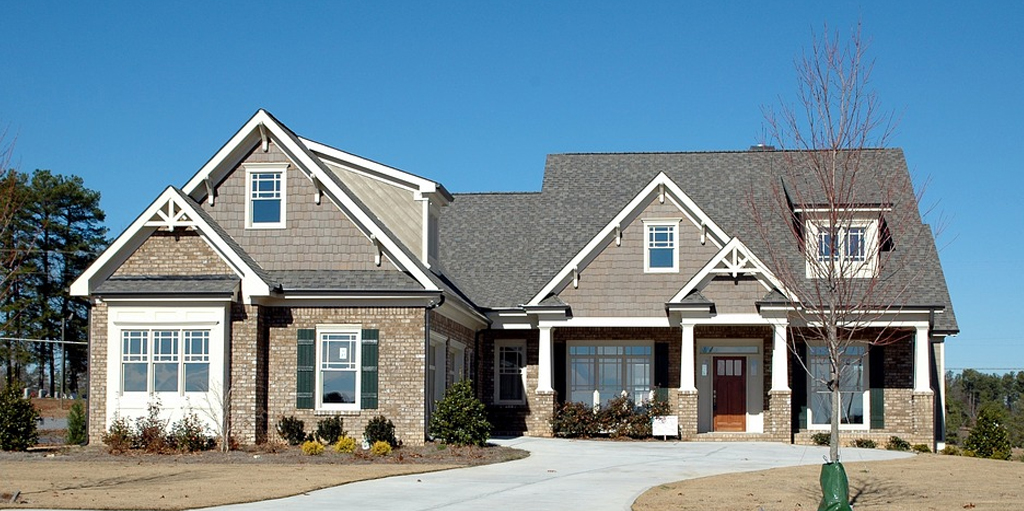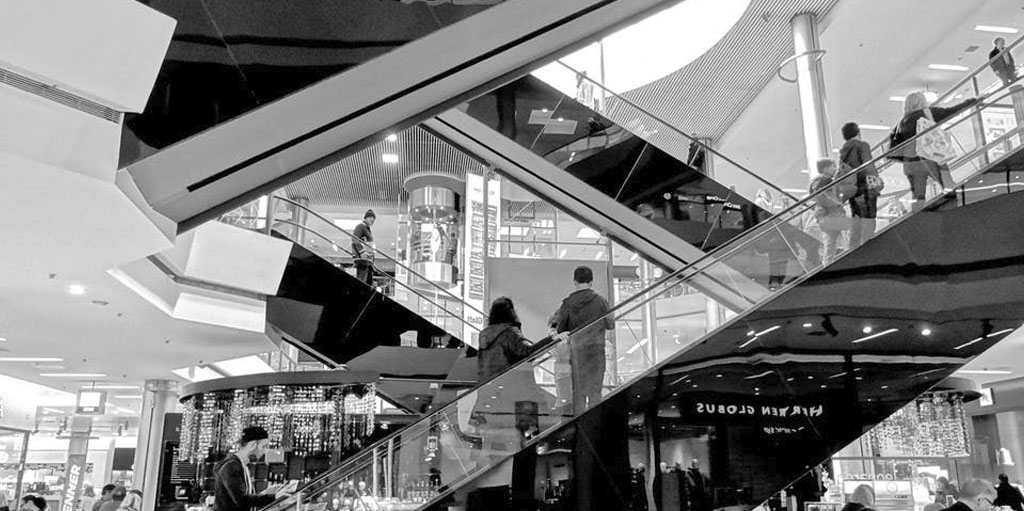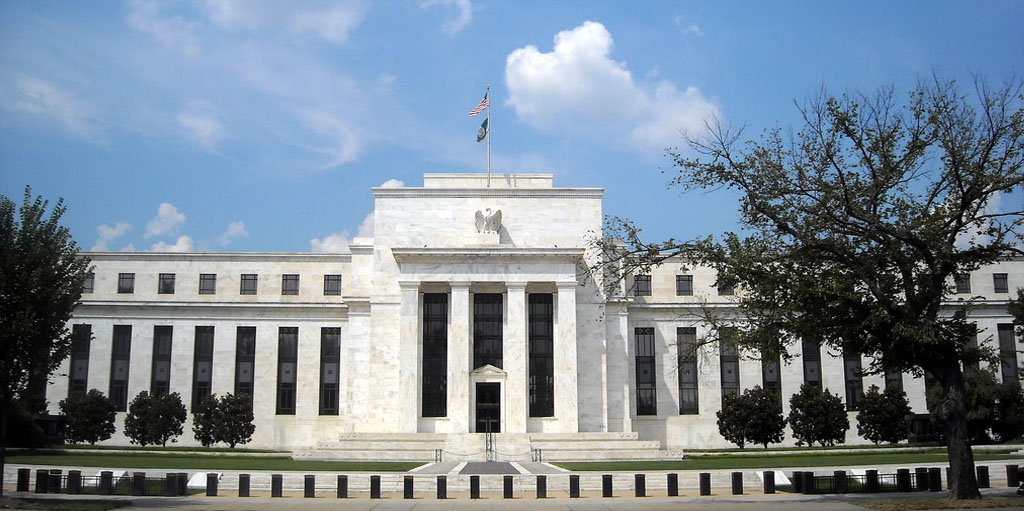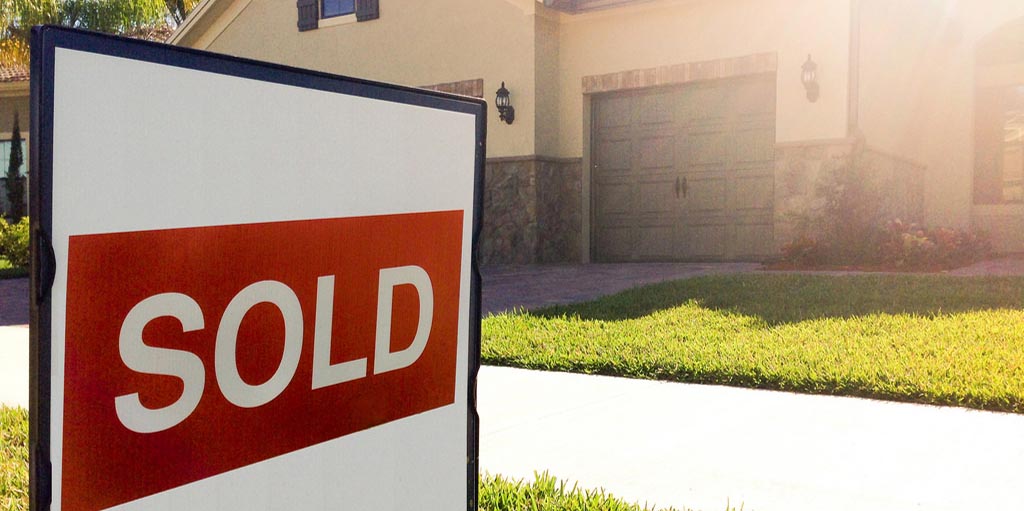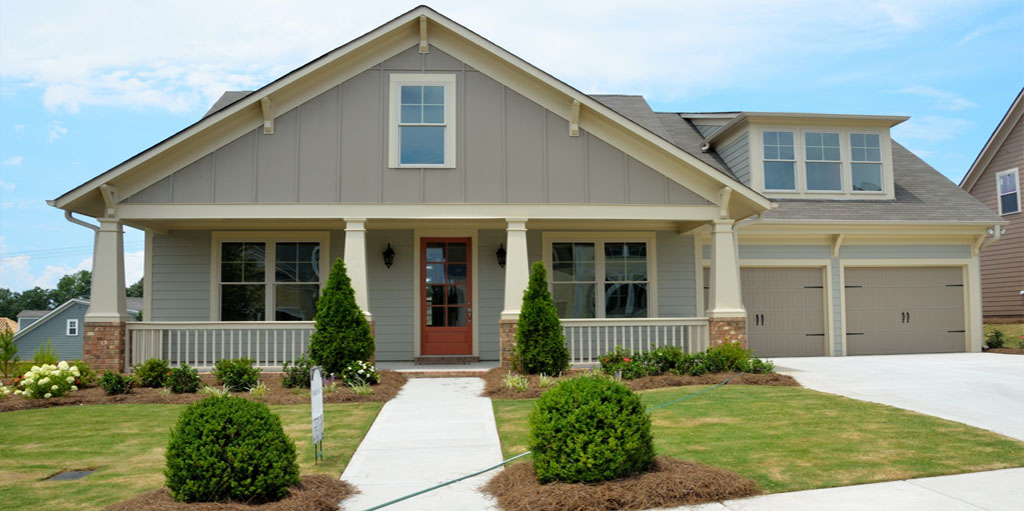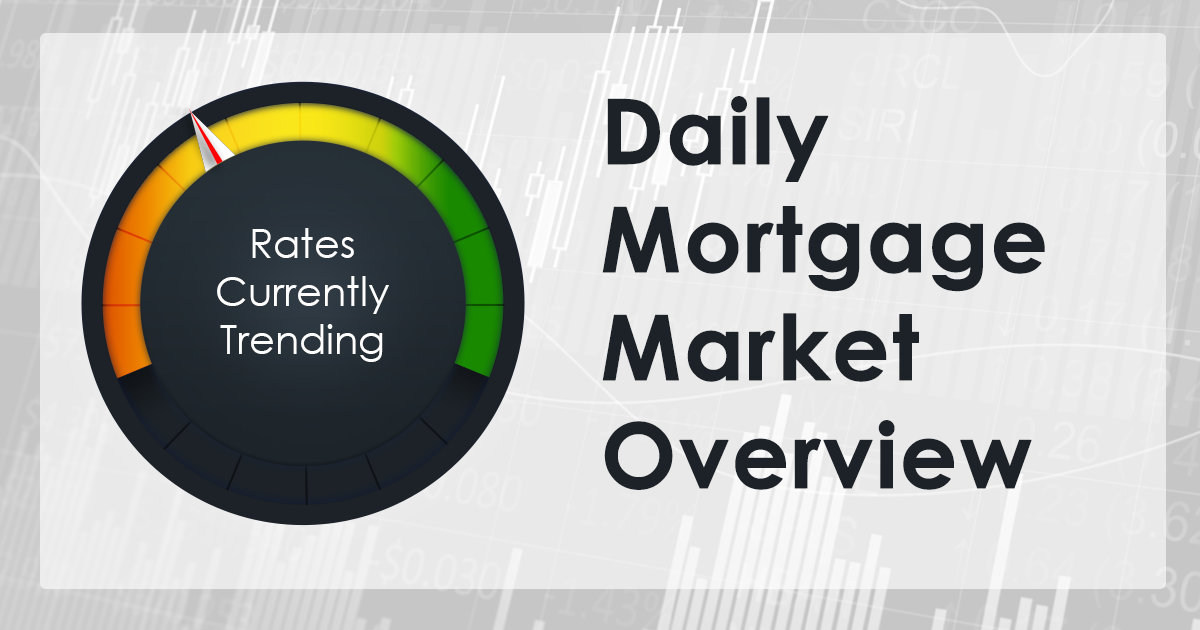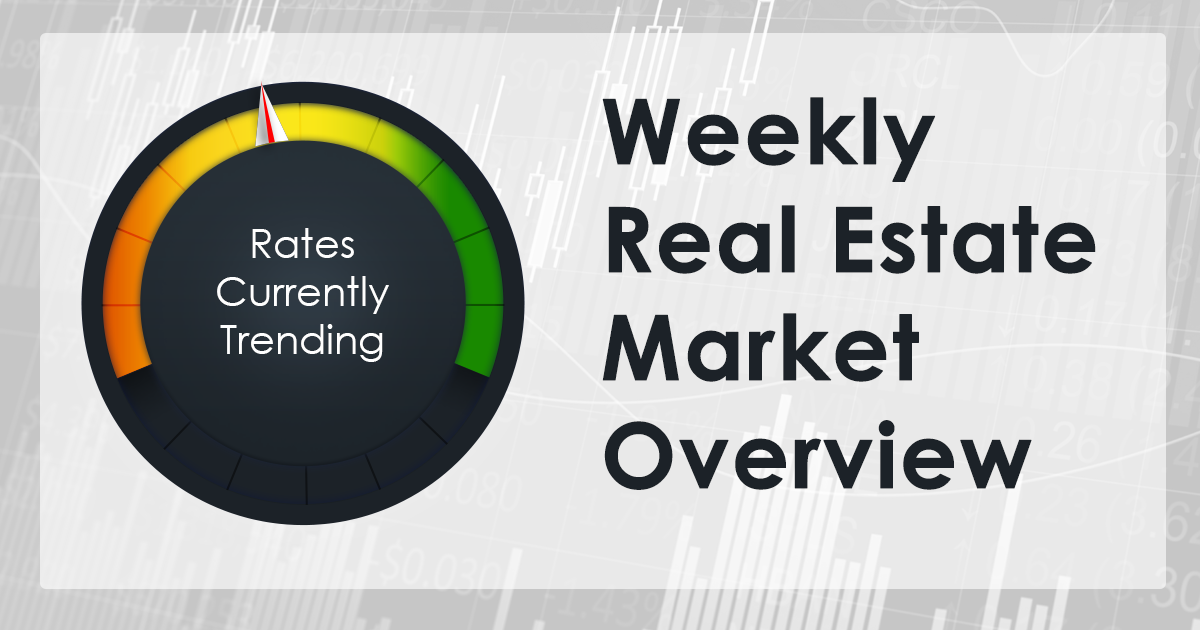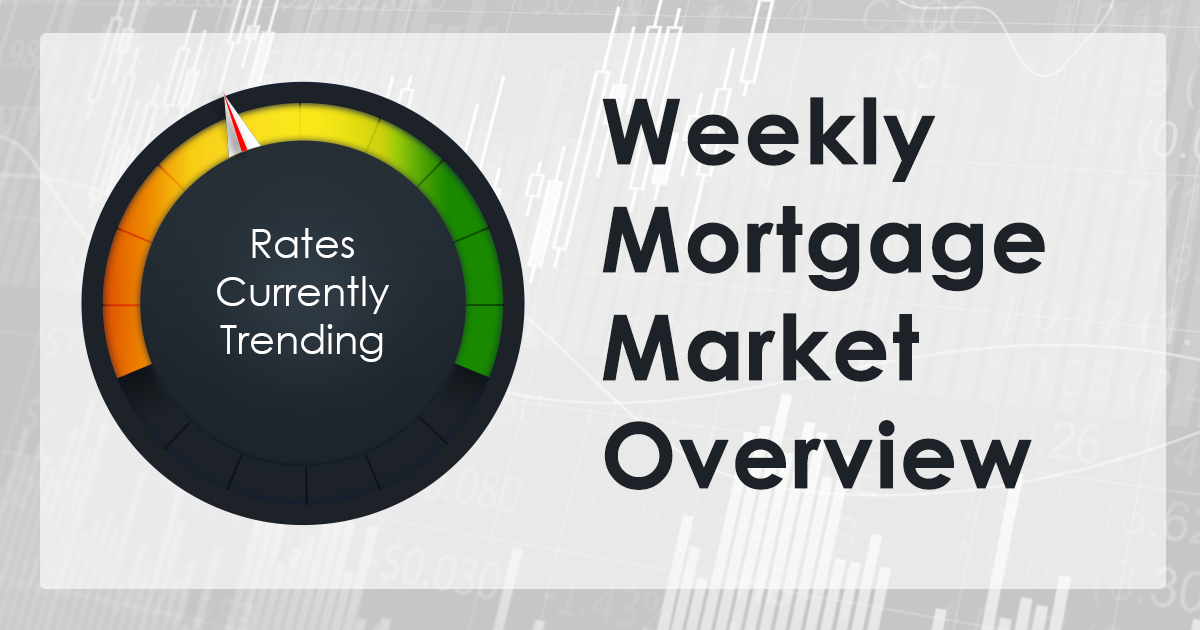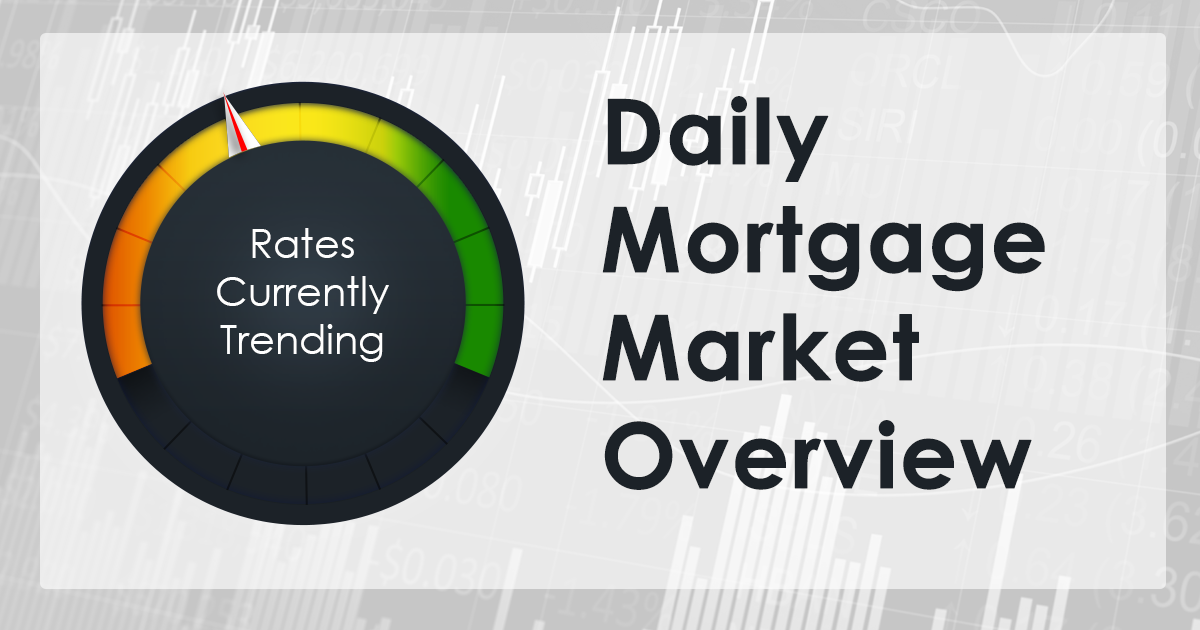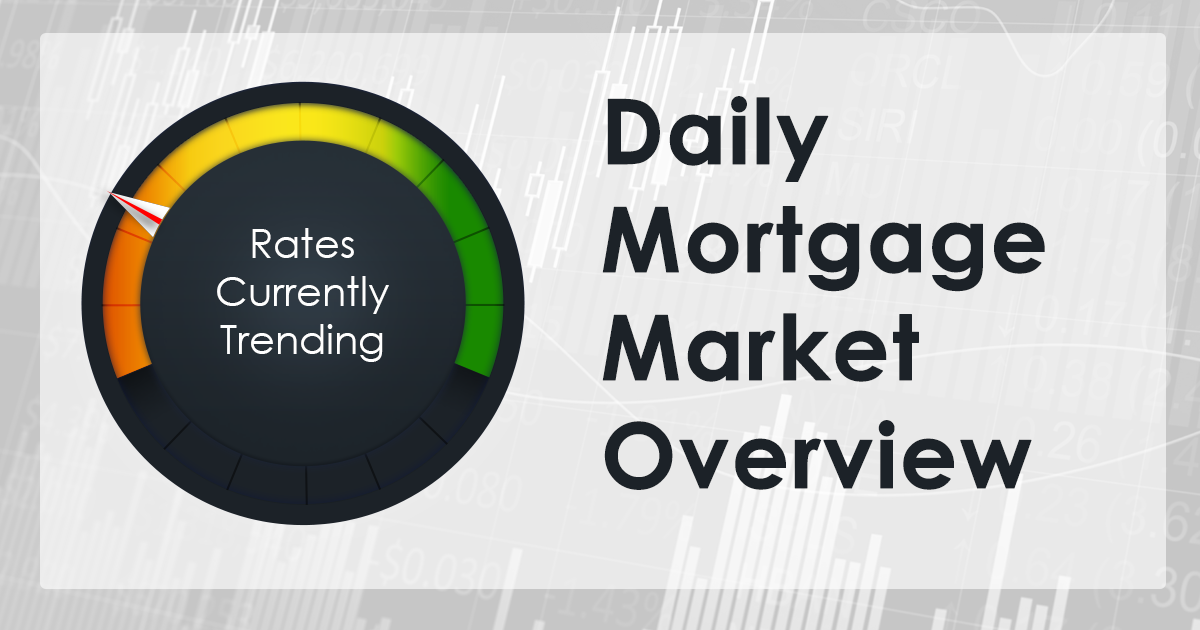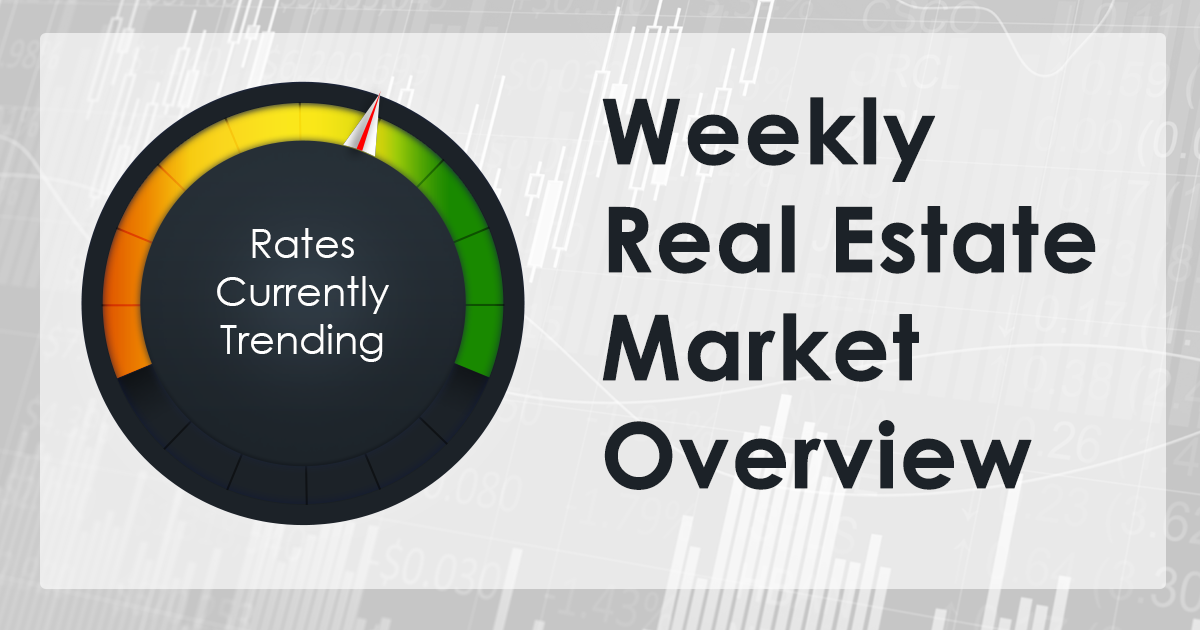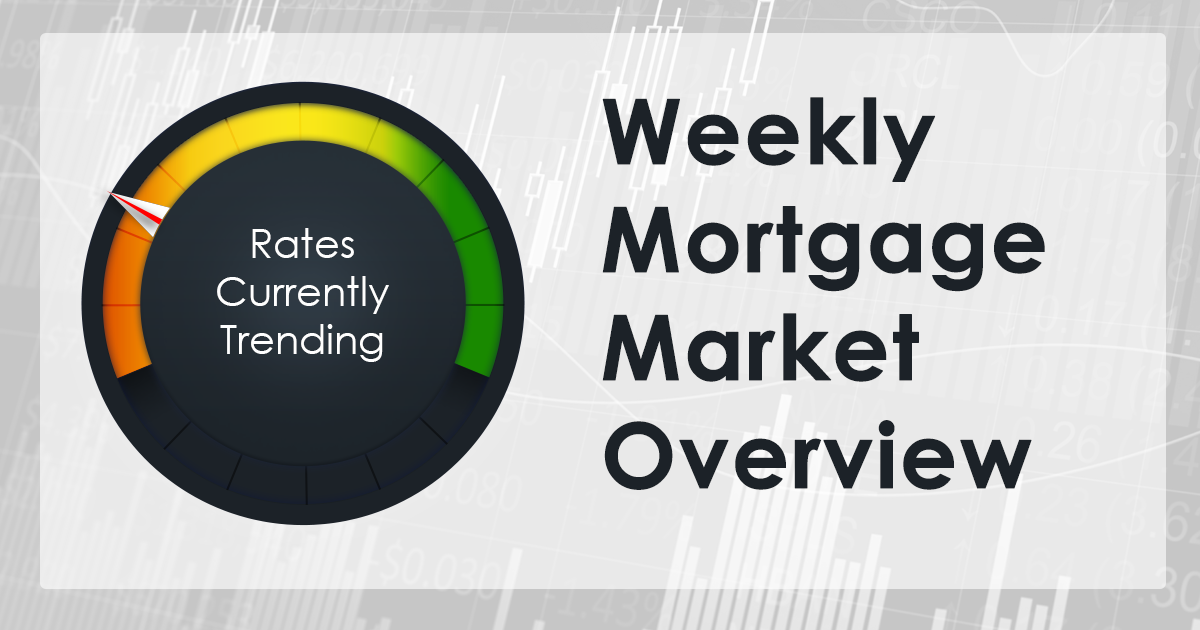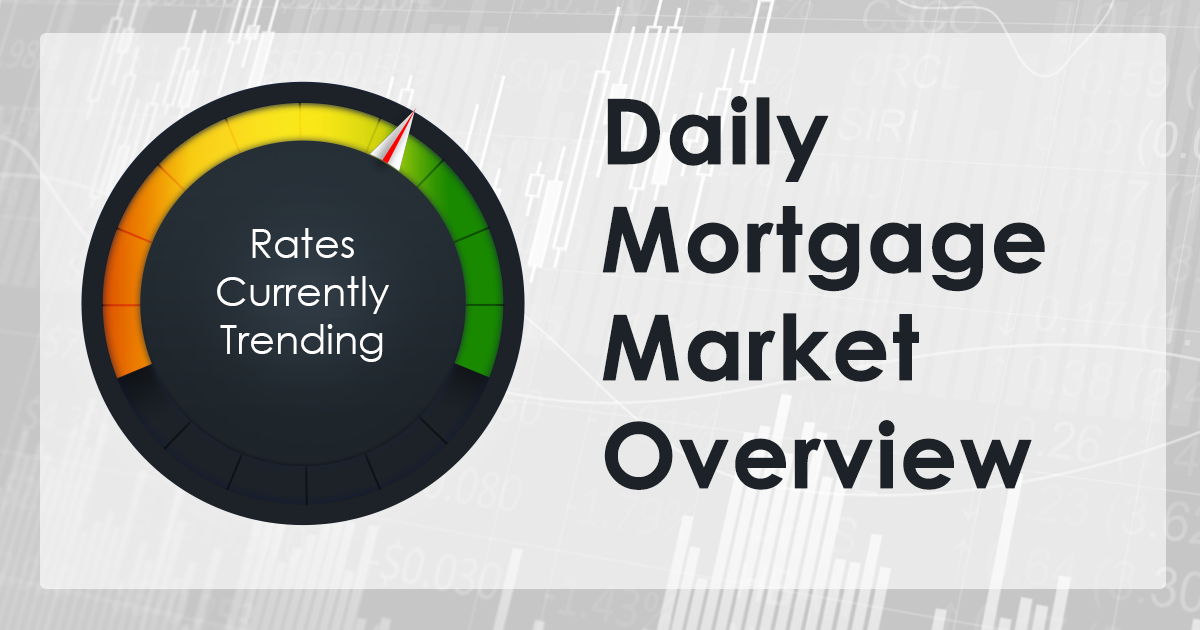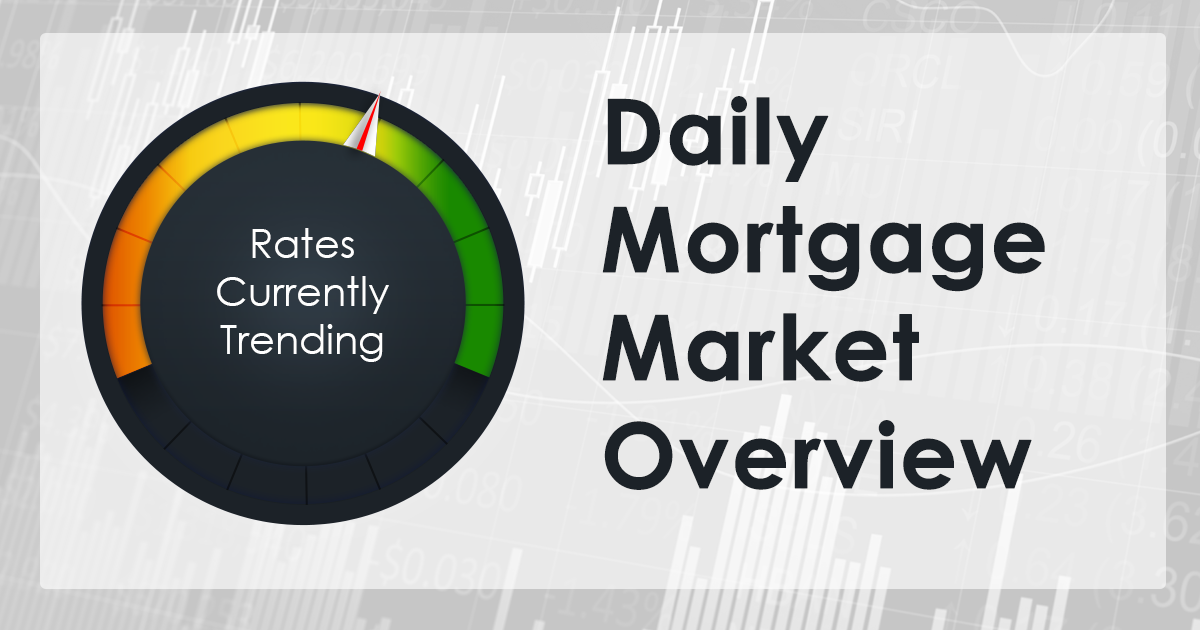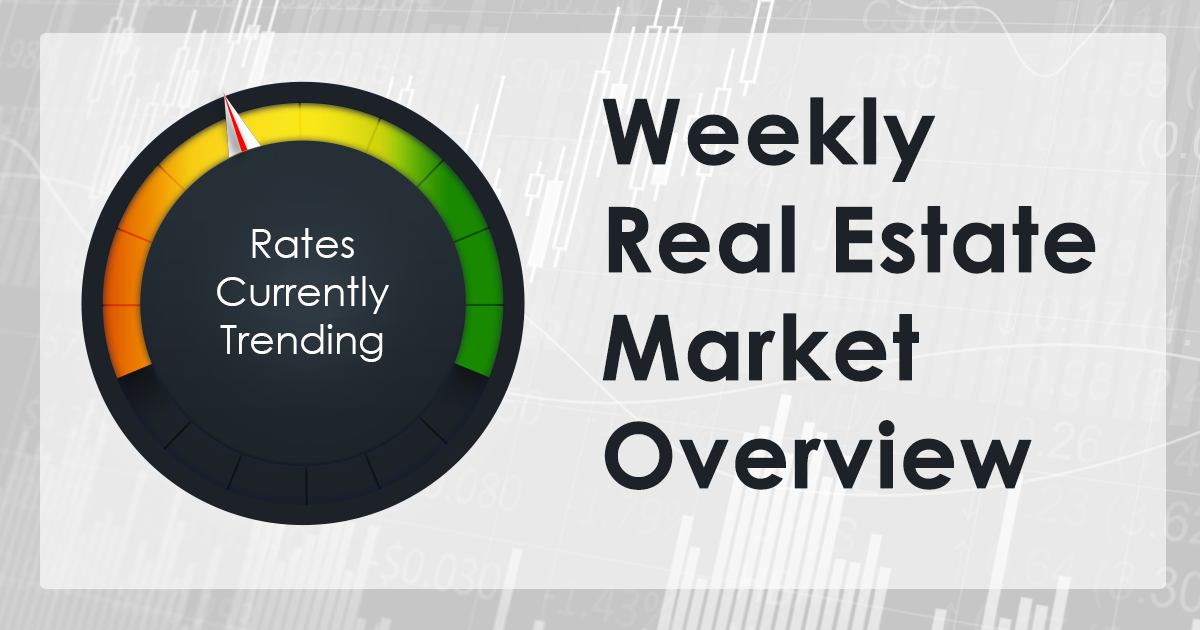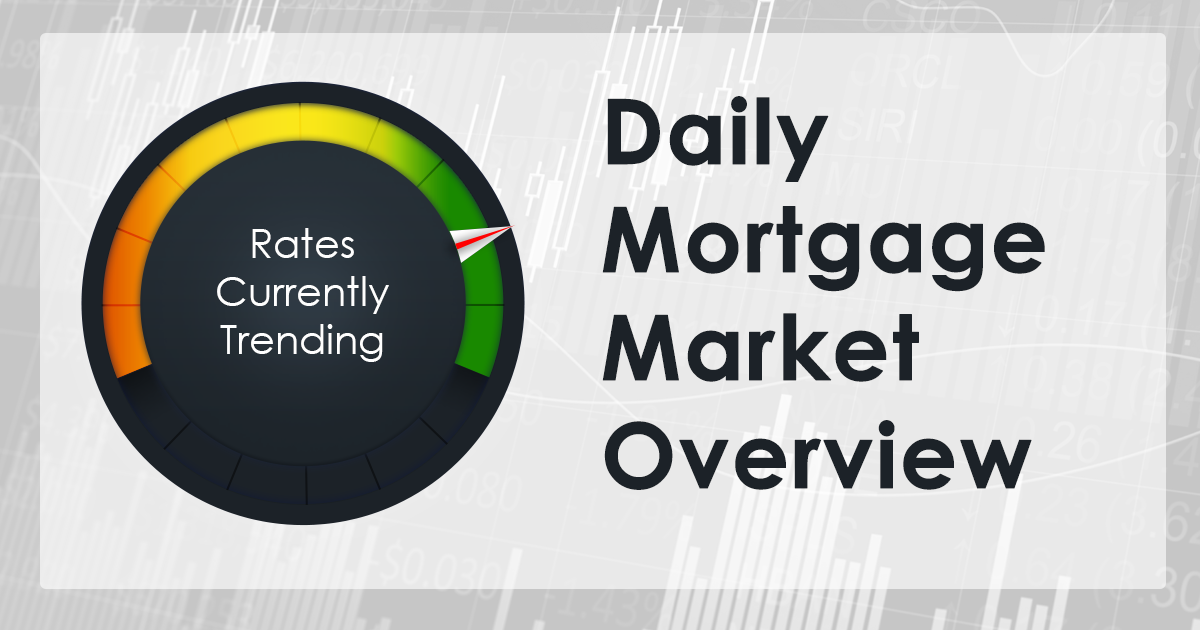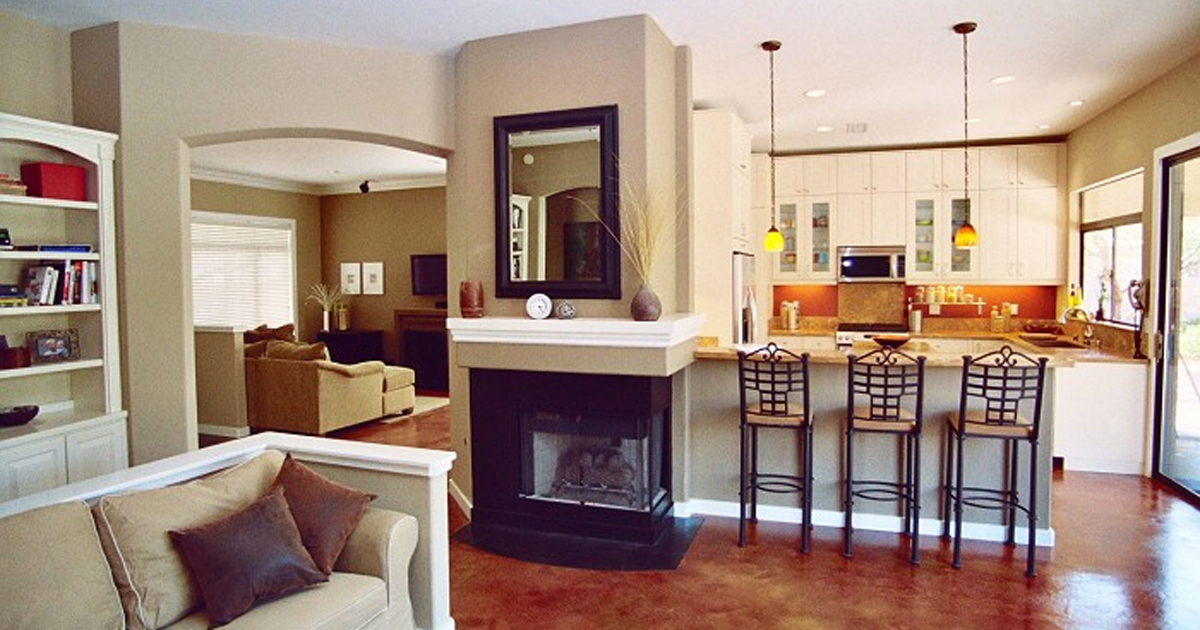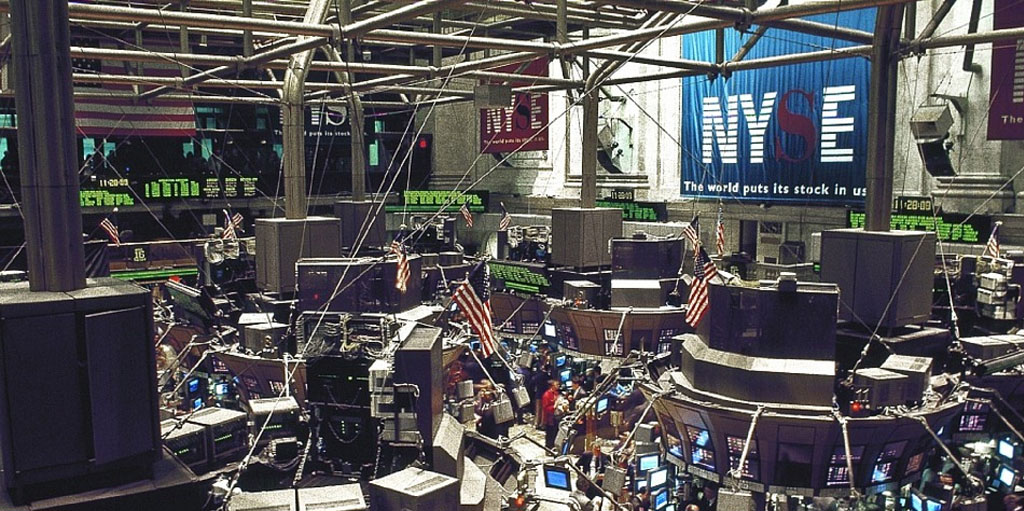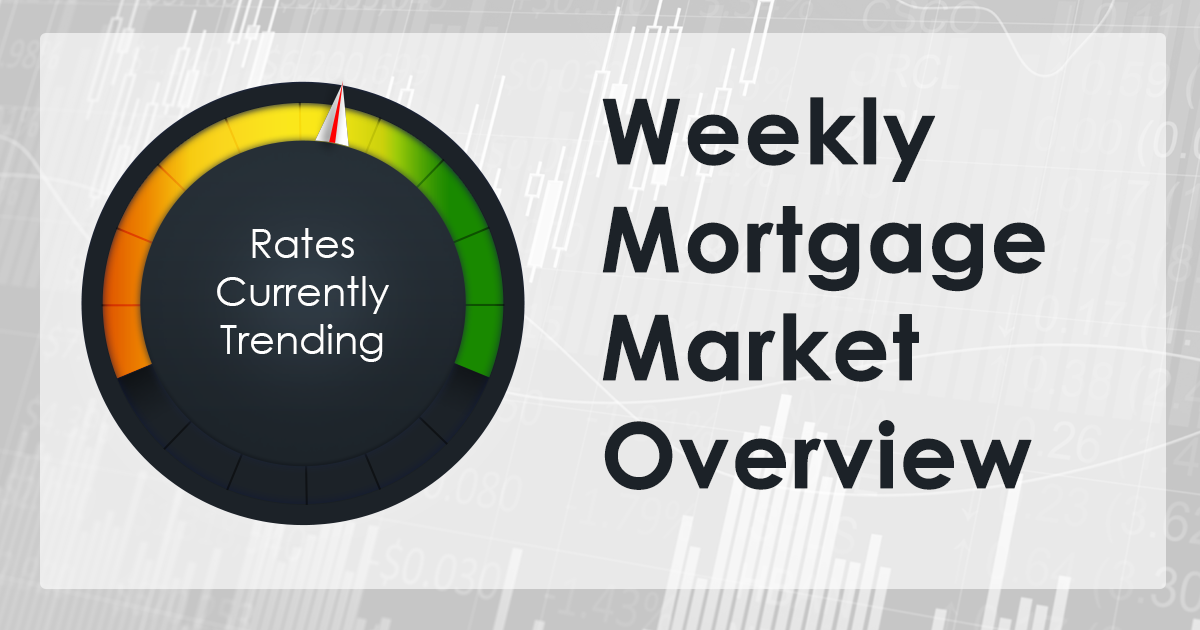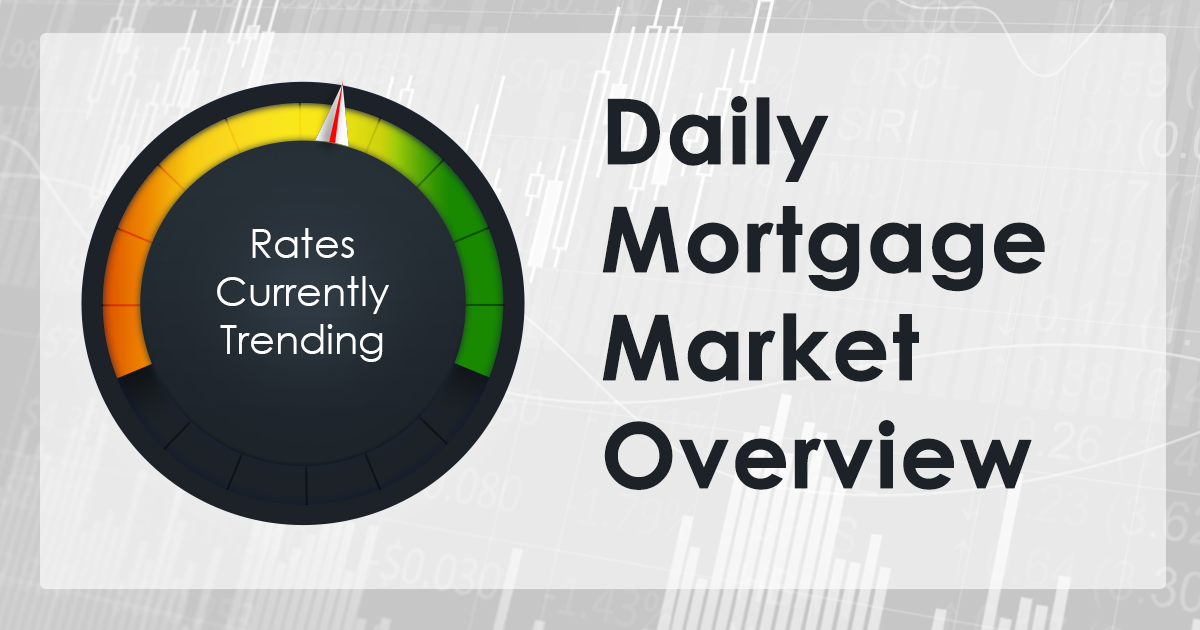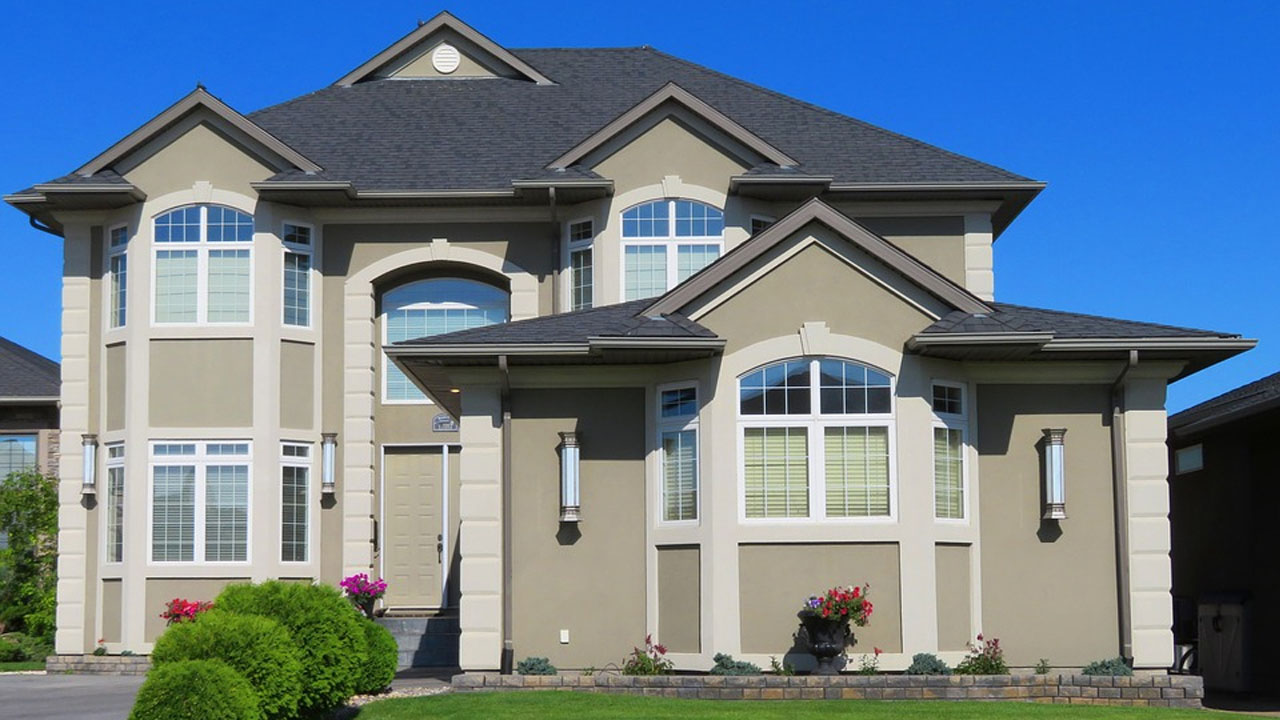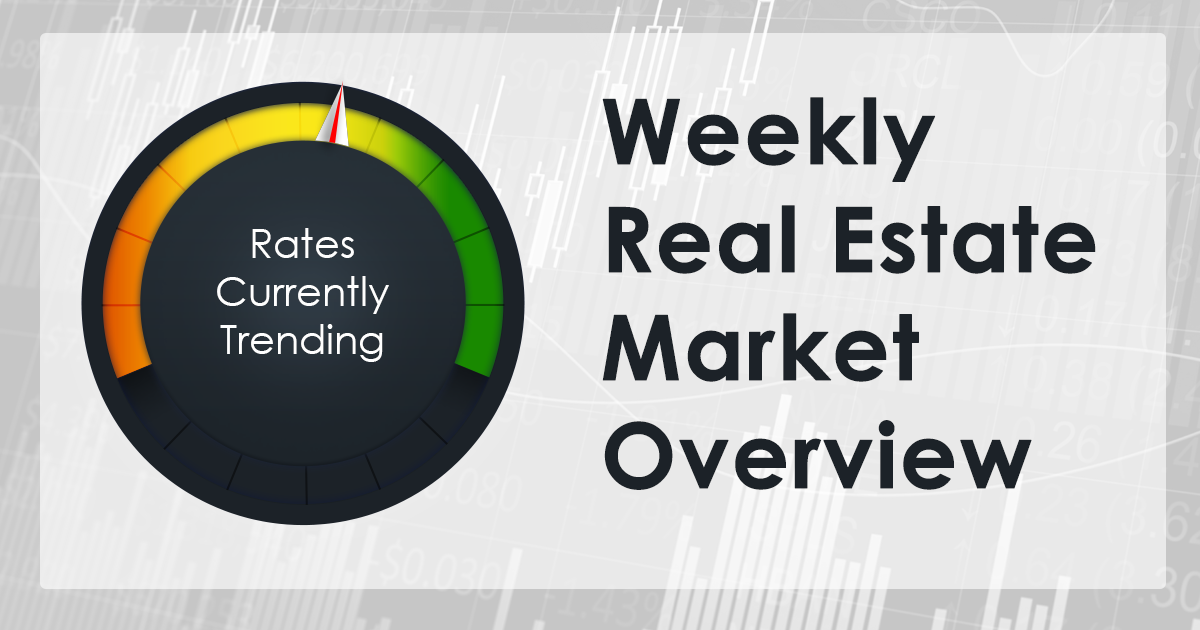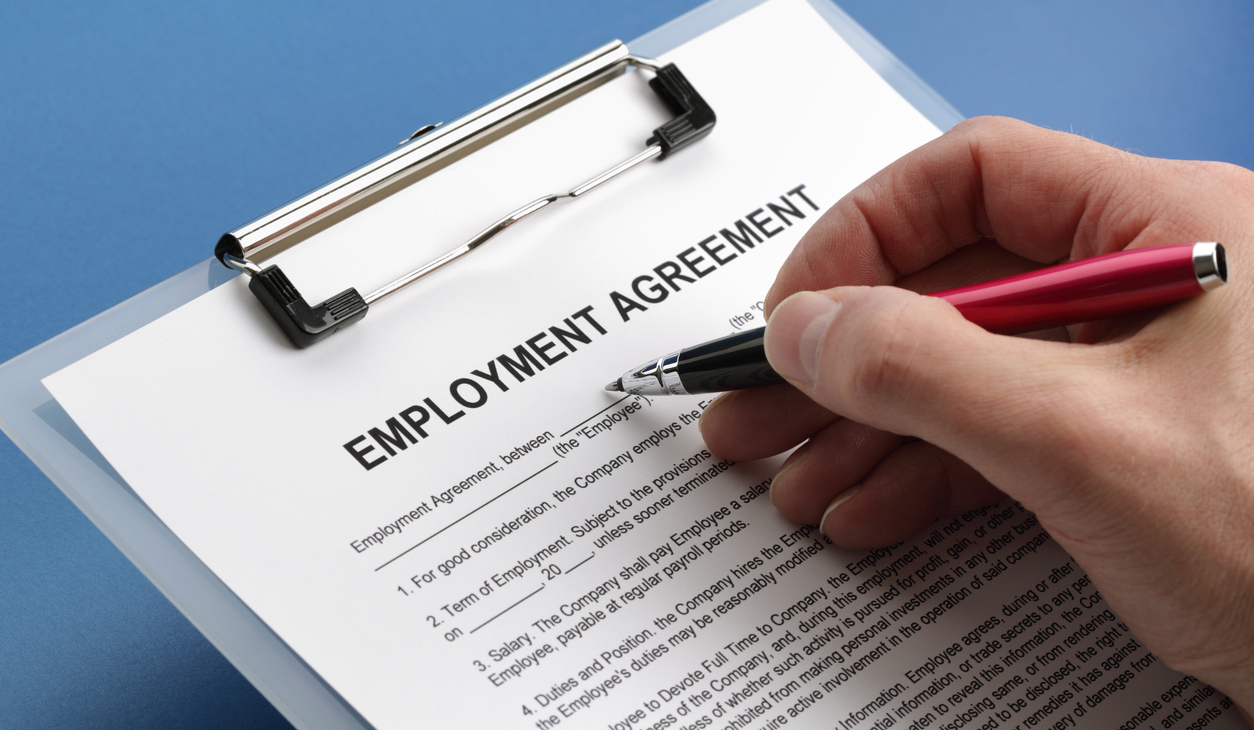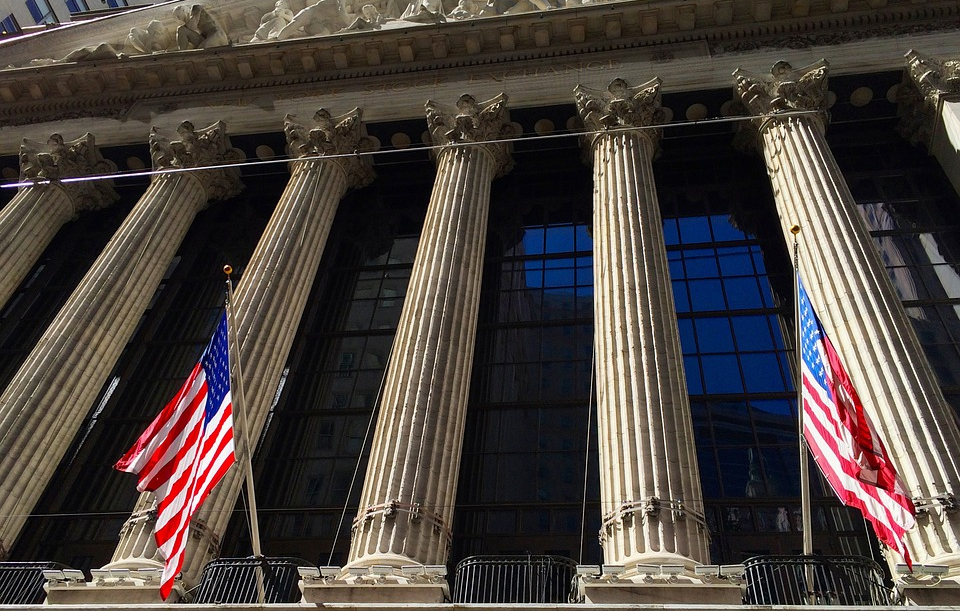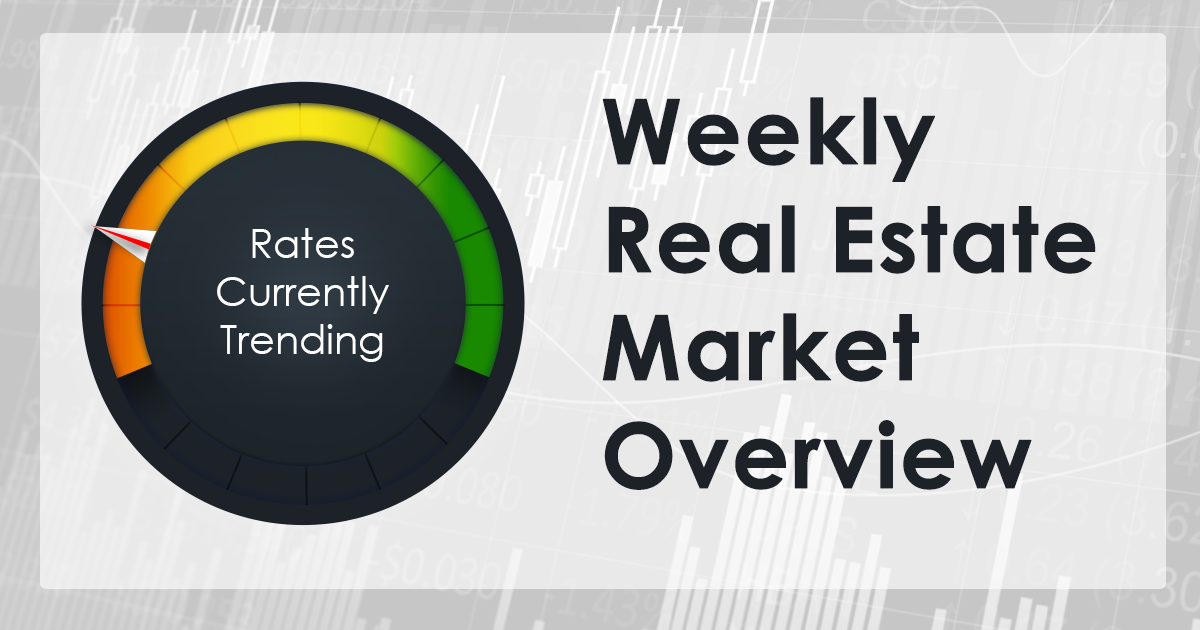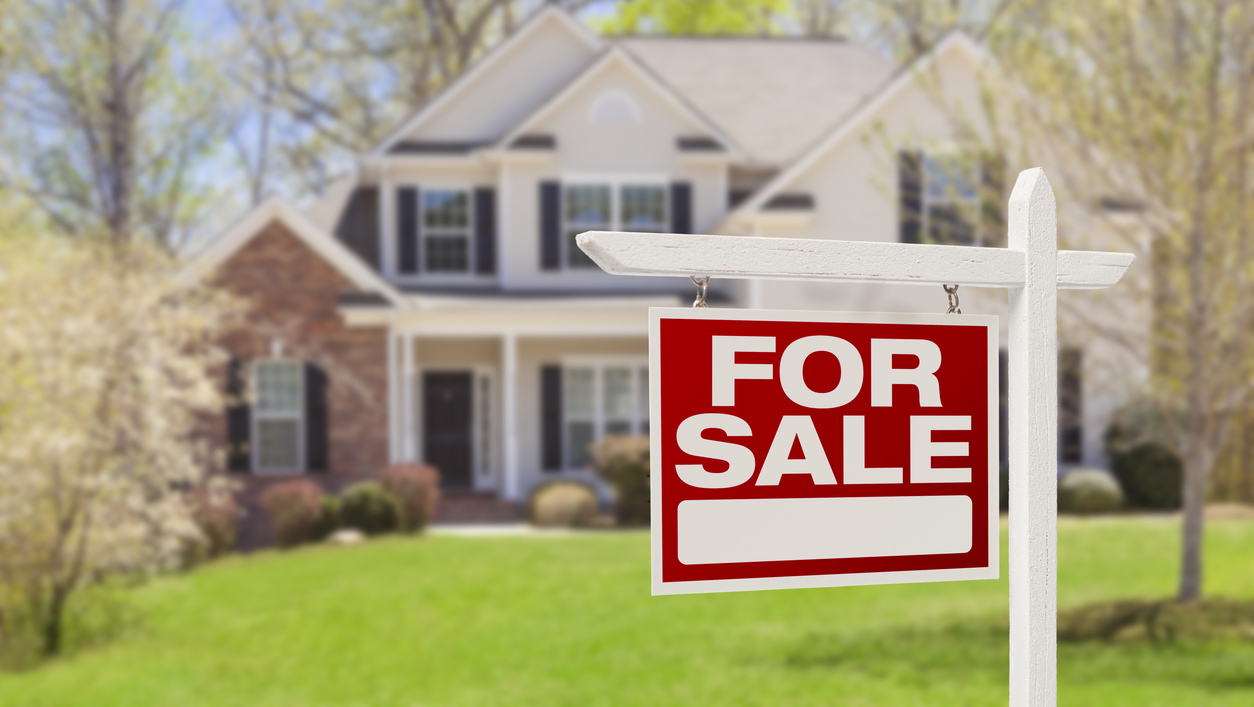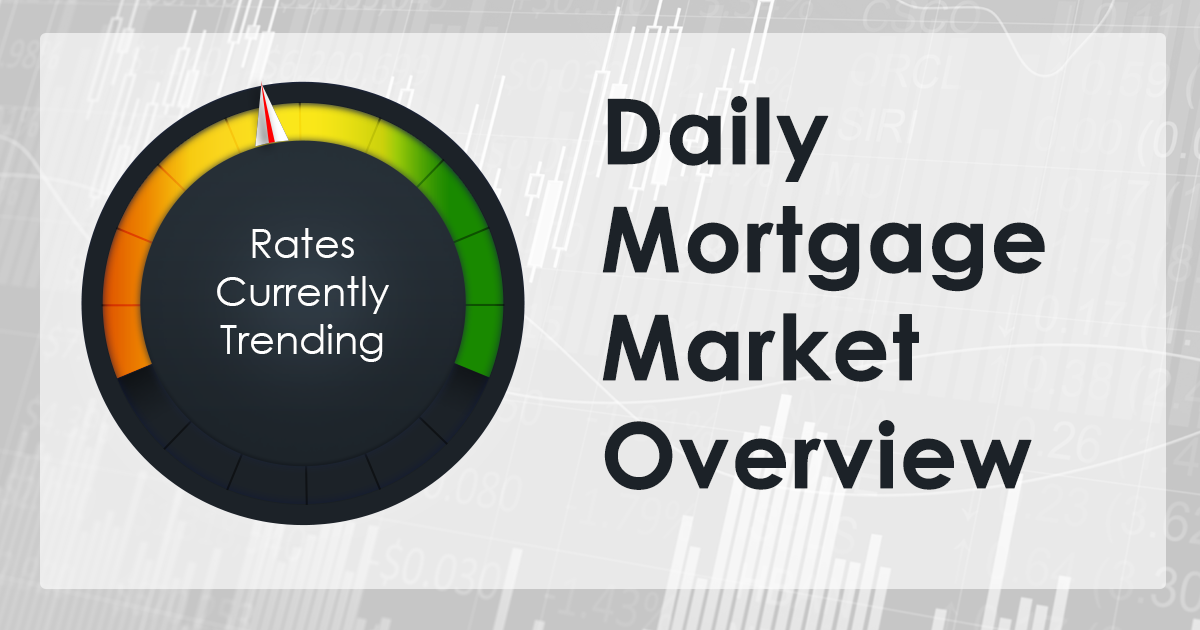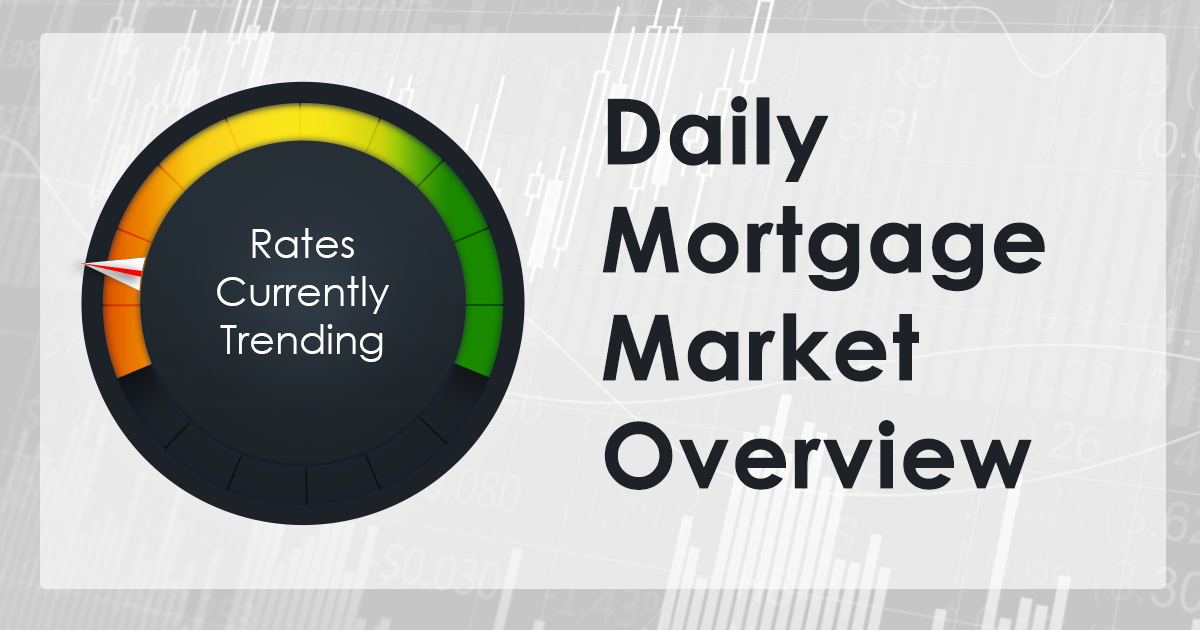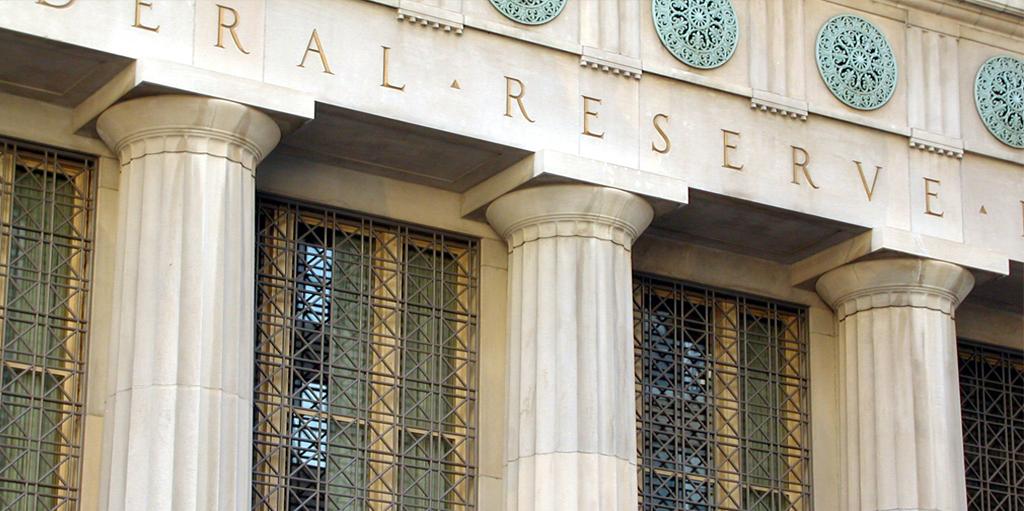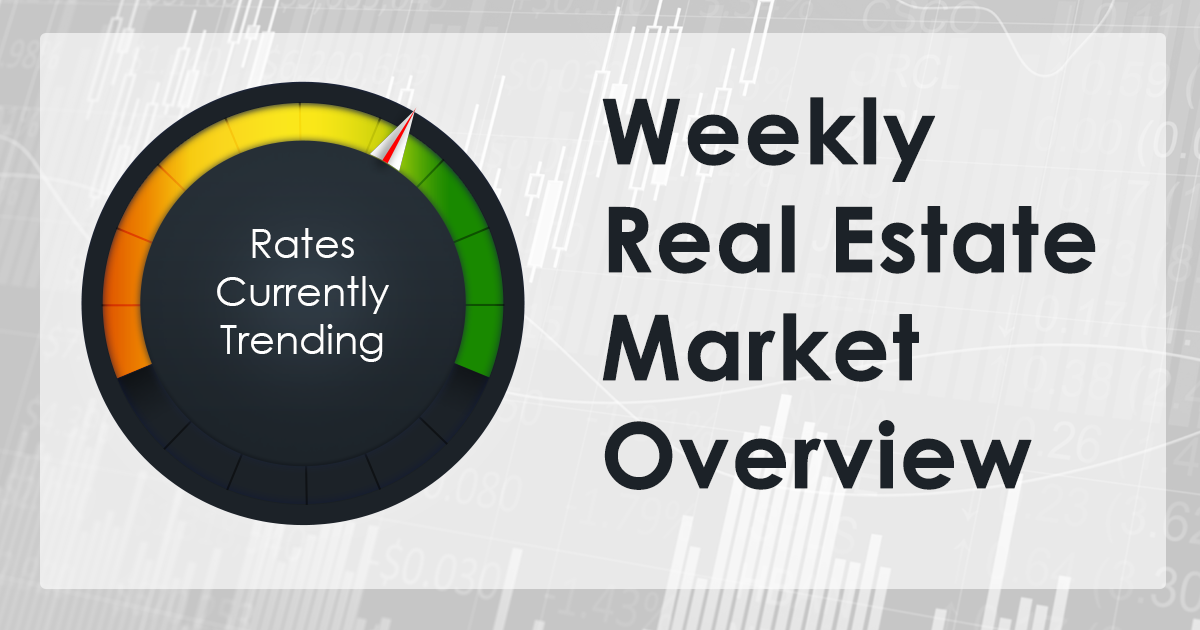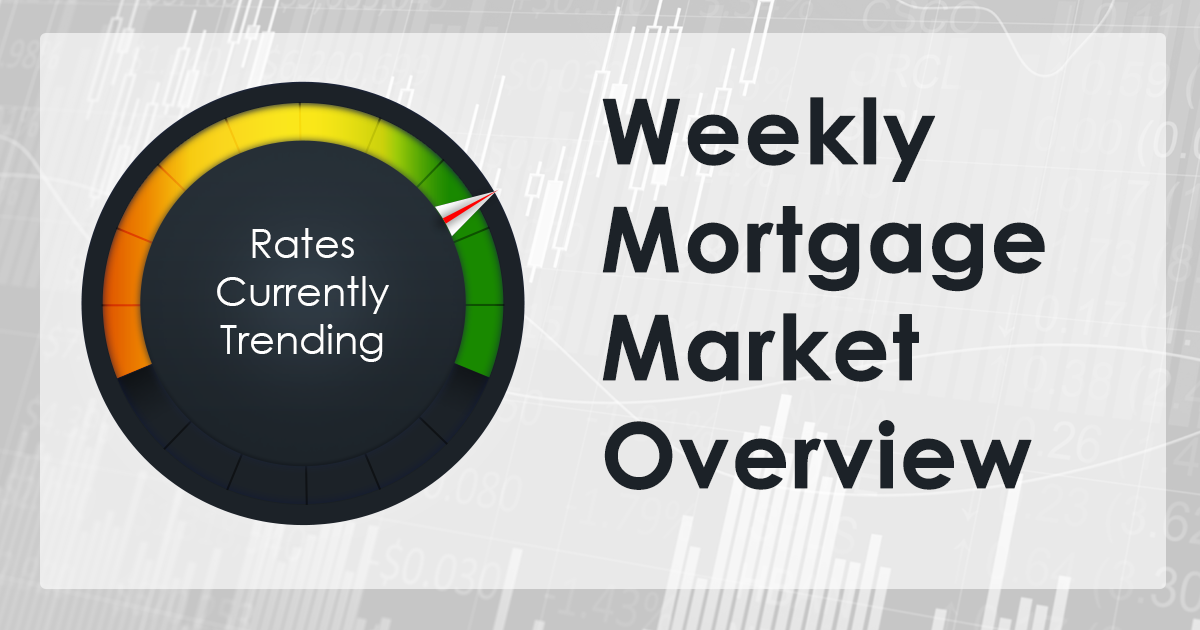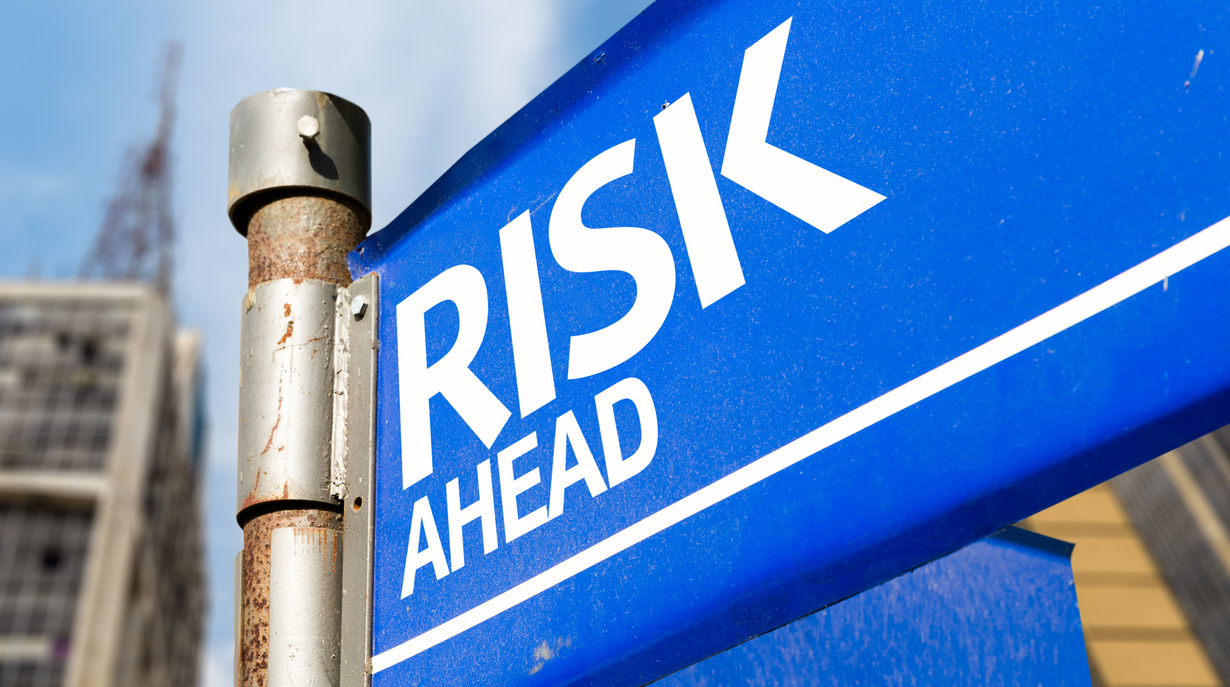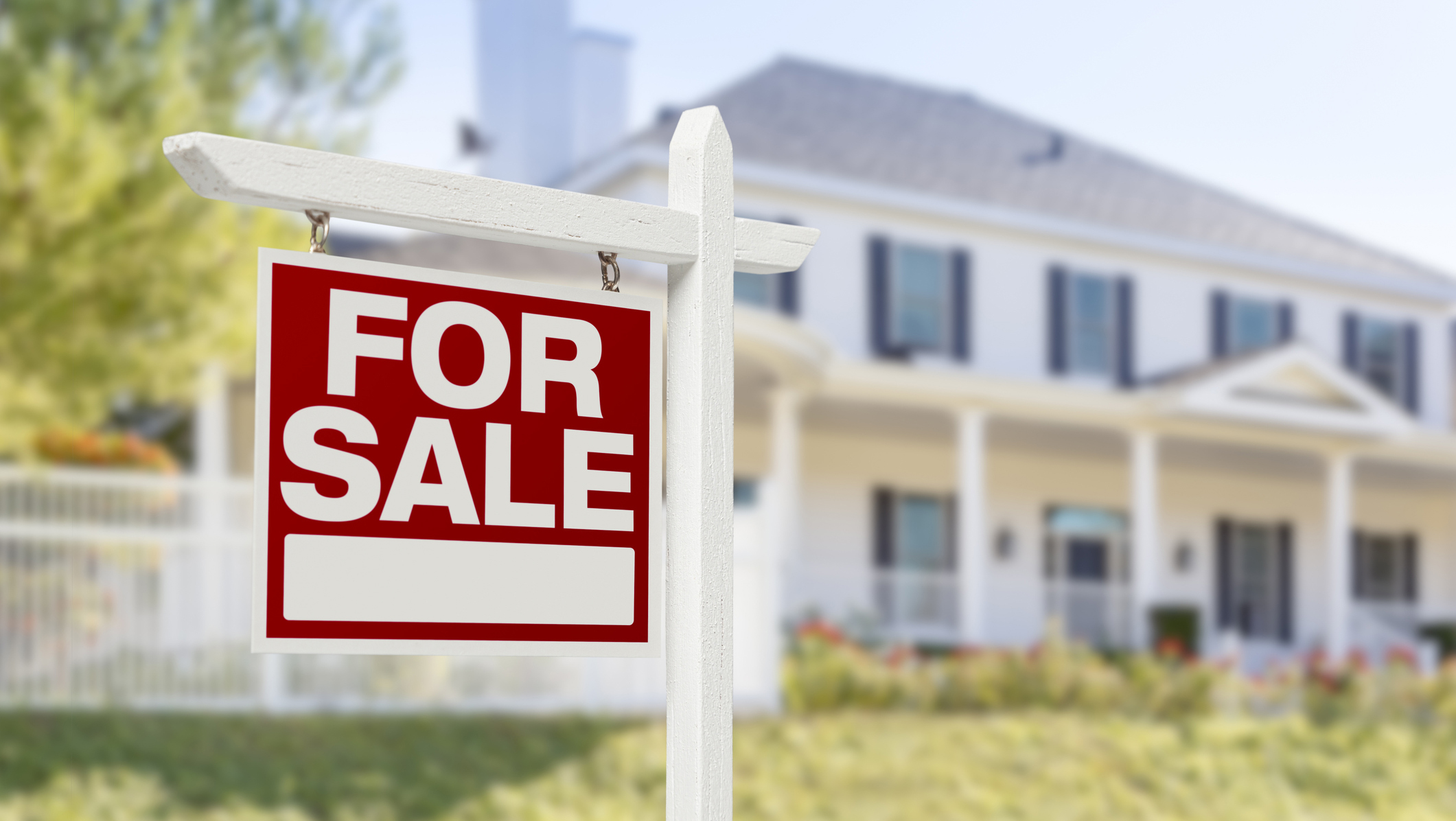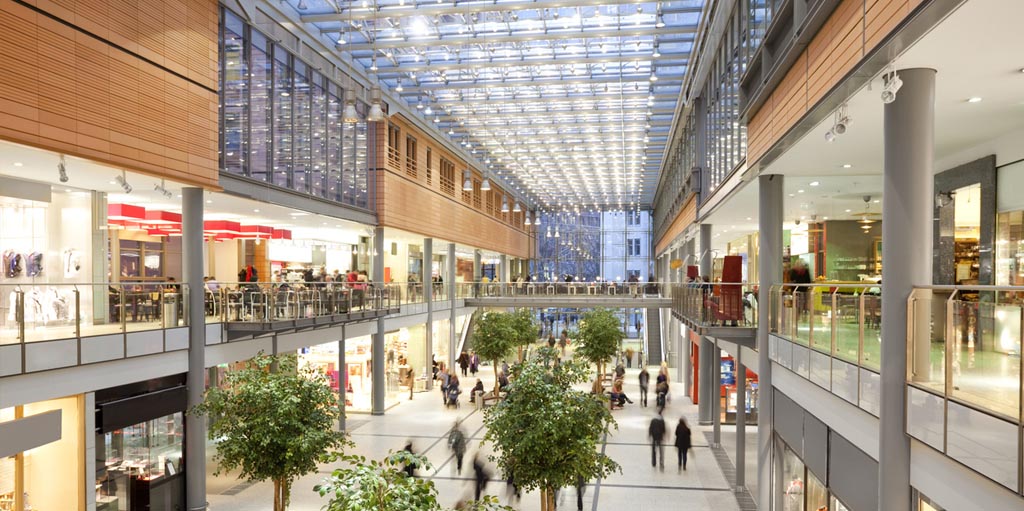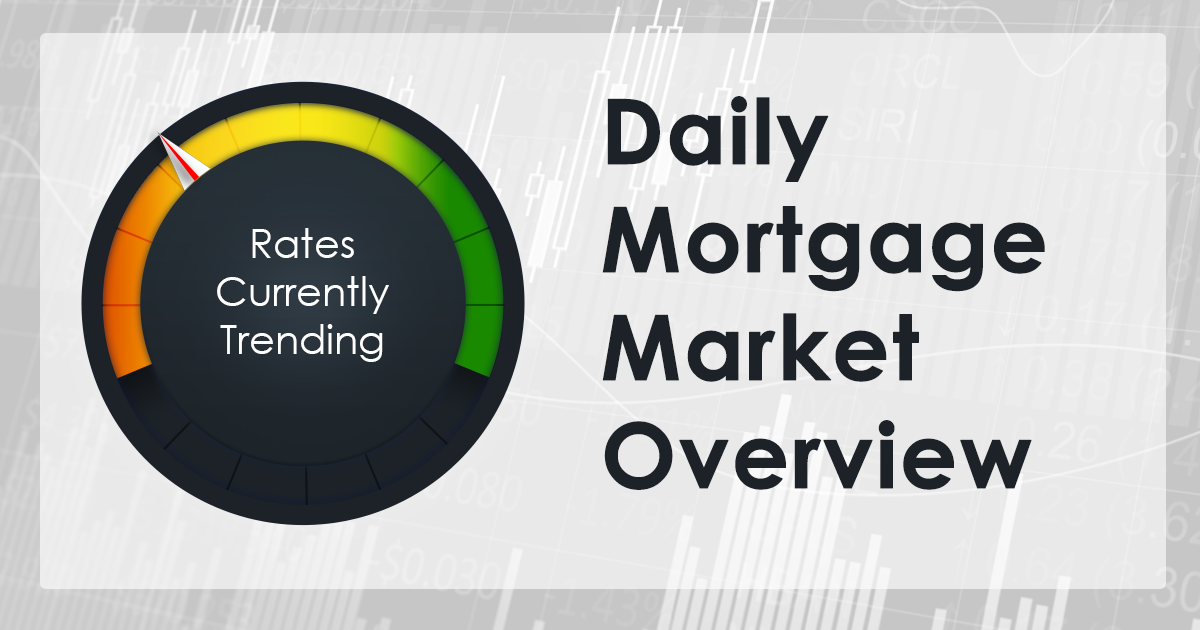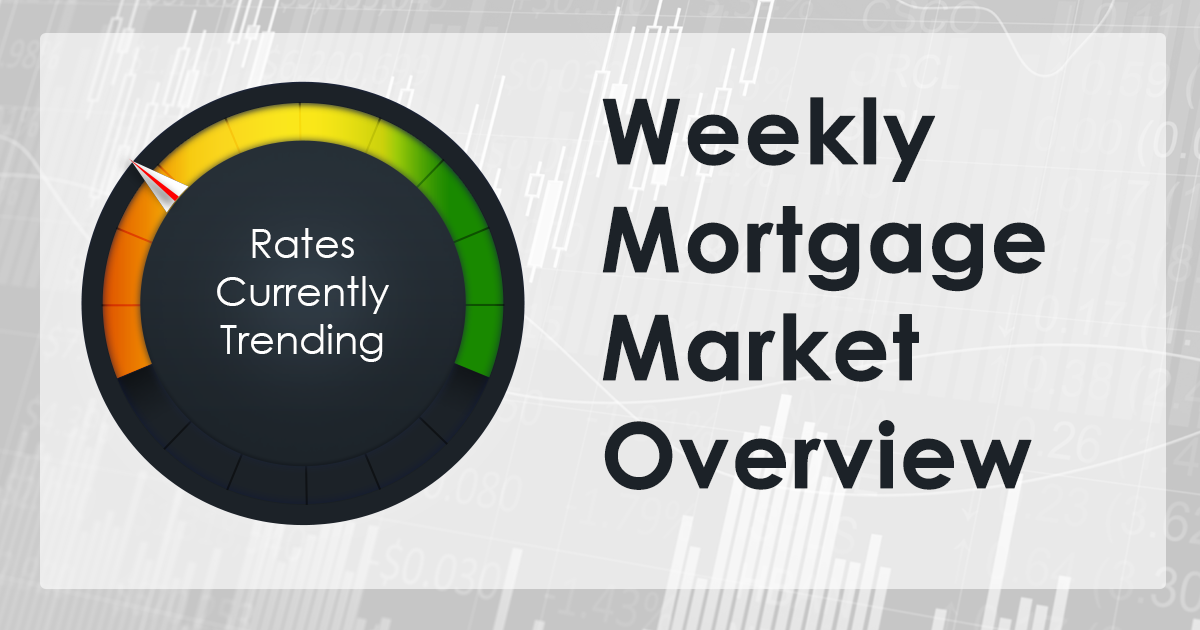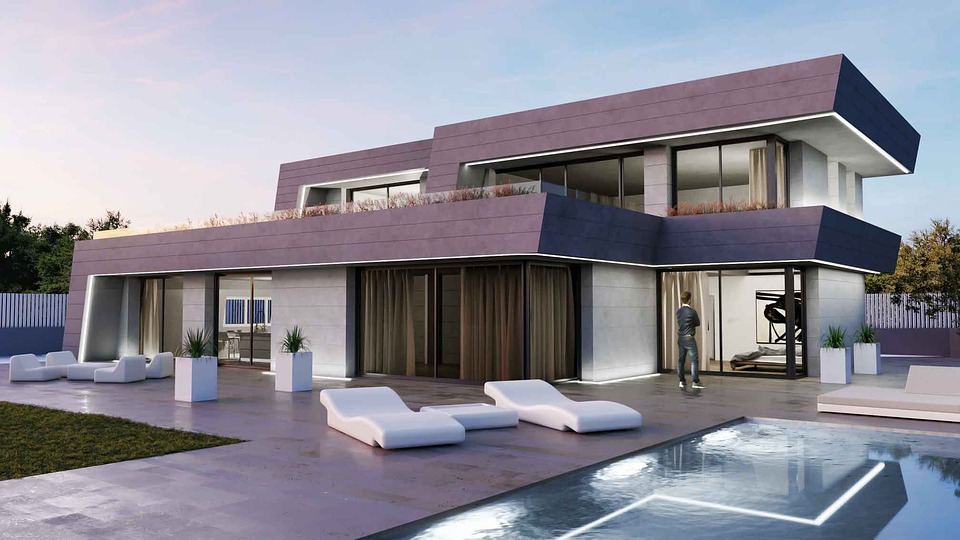
Airtight living means the ultimate in energy savings
___
Published Date 2/27/2018
Perhaps your English teacher once warned you about writing in the passive voice. Or your parents told you to stay away from passive-aggressive people. But what about a passive house? Maybe you picture a dwelling shrugging it eaves as you walk by, but think again. A passive house is actually surprisingly aggressive -- designed to be as eco-friendly and economical as the day is long.
The International Passive House Association sets the standards for passive homes, which have been around for a while internationally but are just beginning to emerge as an alternative the U.S. It's about how they're built, how much they cost, and how energy-efficient they are. To pass muster, a passive house must consume 86% less energy for heating and 46% less for cooling compared with other code-compliant buildings in the same climate. Tall order? Imagine reducing or even eliminating the need for heat in the winter and air conditioning in the summer because your house is airtight as a drum, having been built with unusually efficient exterior insulation and blessed with triple-pane windows, preventing air from seeping in and escaping the structure.
Of course, location and exposure are still important as well, with passive houses strategically situated to capture maximum sunlight in the winter and shade in the summer. In countries where energy is costly passive homes are more plentiful -- places like Germany and northern Europe. There are few here in the U.S, but that may change as energy costs rise here are well. You may be surprised, however, to know that the first passive house was built in North America way back in the 1970s, when energy prices had gone through the roof. It wasn't long before oil prices dropped, however, and interest in passive homes waned.
At present there are only 250 certified passive buildings in the U.S., but the number of projects seeking certification is now growing, since the trend is for homes and buildings with a smaller carbon footprint, protection from unpredictable energy costs, and the independence of living off the grid using solar panels or other renewable energy sources. Upfront costs are slightly higher to build a passive home, but reports tell us that the initial financial hit is recouped fairly quickly, since these homes go through up to 90% less energy.
Passive homes are also healthier for their occupants, bringing in fresh air and filtering it through a ventilation system to remove allergens and pollution. Some passive house owners not only find that odors are reduced, but that they also sleep better because of healthier air as well as how these homes are whisper-quiet inside.
Passive homes beg you not to give in to indifference. Rather, they ask that you someday consider living passively.
Source: TBWS
All information furnished has been forwarded to you and is provided by thetbwsgroup only for informational purposes. Forecasting shall be considered as events which may be expected but not guaranteed. Neither the forwarding party and/or company nor thetbwsgroup assume any responsibility to any person who relies on information or forecasting contained in this report and disclaims all liability in respect to decisions or actions, or lack thereof based on any or all of the contents of this report.
©2015 Finance of America Mortgage LLC | Equal Housing Lender | NMLS 1071 Complaints@financeofamerica.com


Thomas Werbeckes
Mortgage Advisor
NMLS: 1543335
Finance of America Mortgage
6900 S McCarran Blvd #2020, Reno NV
Company NMLS: 1071
Office: 775-332-6629
Cell: 775-742-9128
Email: twerbeckes@financeofamerica.com
Web: http://www.financeofamerica.com/locations/branch-profile?id=c33827bb-71f8-6483-85d2-ff00007a9d7f
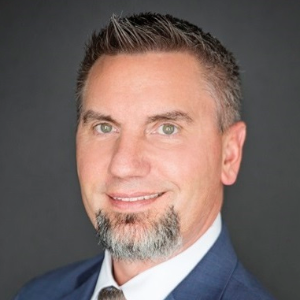
Thomas Werbeckes
___
Mortgage Advisor
NMLS: 1543335
Cell: 775-742-9128
Last articles
___

Sometimes it's just time to move
1/25/2019
Bad neighbor juju. Sometimes you move into a neighborhood where all seems well,.... view more
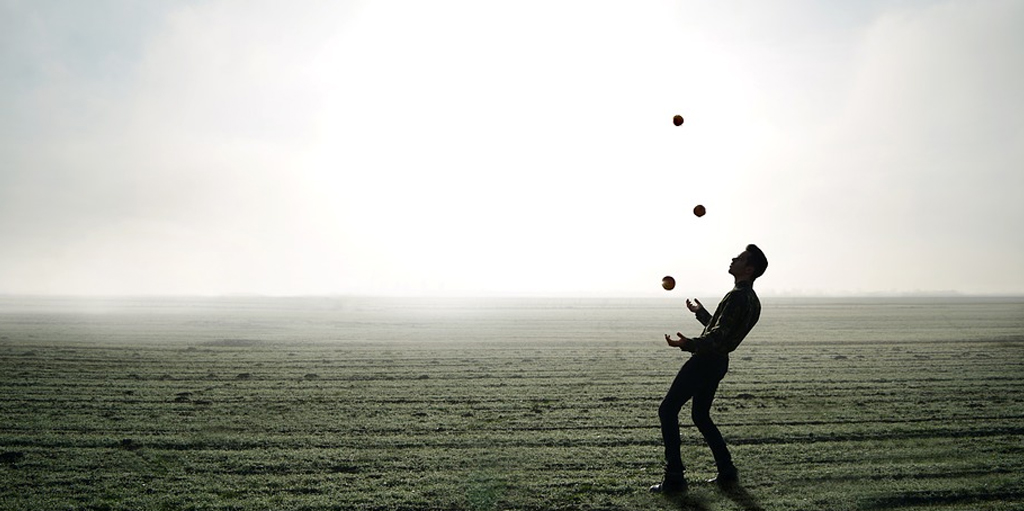
Rate markets juggle trade talks, gov't shutdown and Fed minutes
1/9/2019
Trade talks with China ended today, one day longer than was planned. China’s...... view more

Market forecasters continue to handicap 2019
1/2/2019
2019 forecasts still arriving, most see the economy slowing to 2.4 to 3.0% GDP g... view more

Markets on edge waiting for today's Fed decision
12/19/2018
Unless you were in a coma recently you have been subjected to debates rolling th... view more
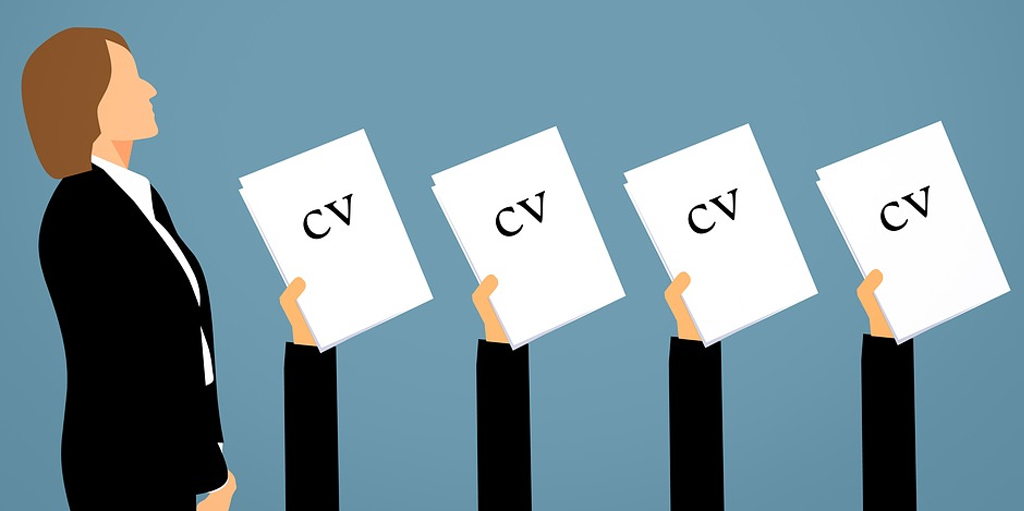
Rates flat as jobs report provides a mixed bag
12/7/2018
The November employment data this morning provided a mixed bag. The unemployment... view more

Here's why an inverted yield curve is important
12/4/2018
The yield curve is inverting, investors and analysts seeing the inversion as the... view more

Rate markets a bit sleepy ahead of Powell's comments tomorrow
11/27/2018
Tomorrow at 11:30 am Jerome Powell will speak at the Economics Club of New York.... view more

Are rates done moving higher?
11/16/2018
Late Wednesday Jerome Powell opened the door a crack with remarks the Fed may be... view more
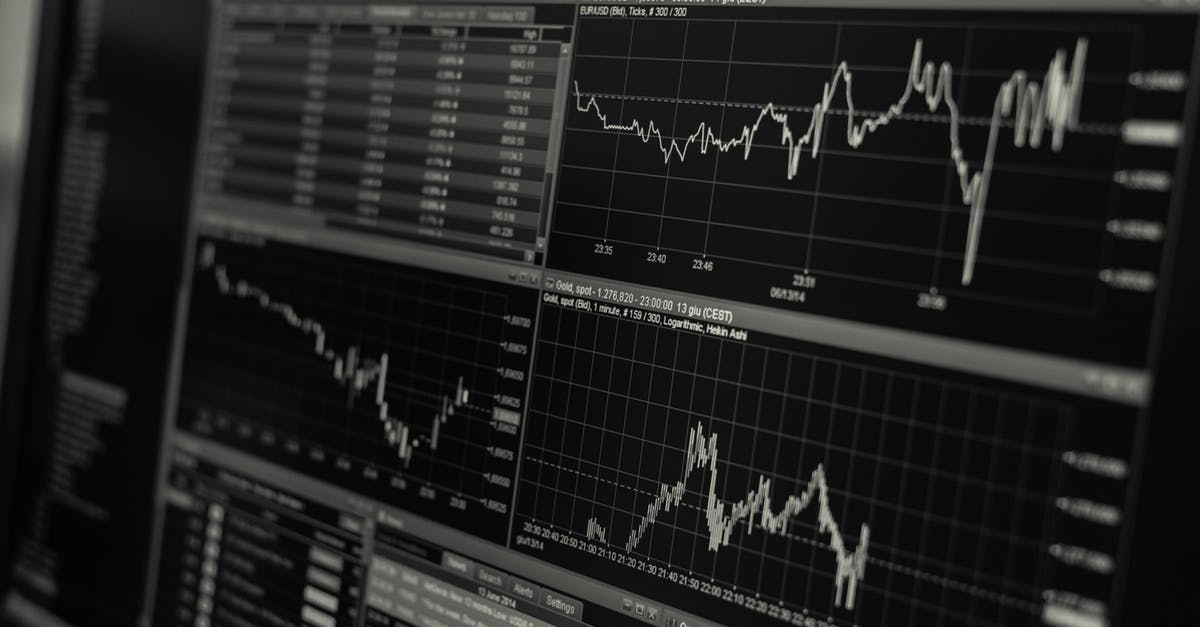
Three things that can move rates this week
11/13/2018
These are the three things that have the greatest ability to impact mortgage rat... view more
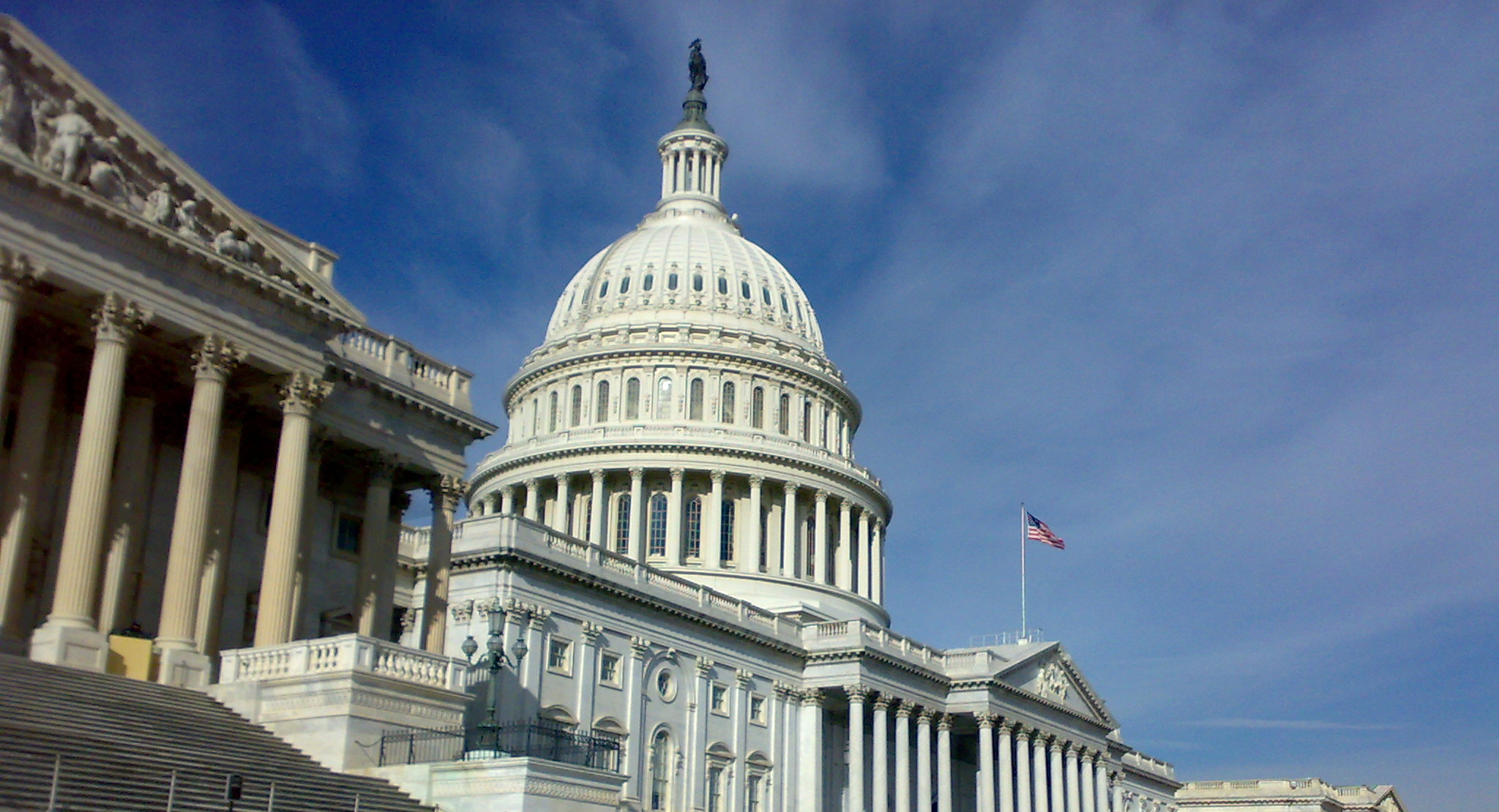
Rate markets on hold ahead of midterms
11/6/2018
The September Job Openings and Labor Turn Over Survey (JOLTS) once again came in... view more
Load more
 Finance of America Mortgage
Finance of America Mortgage


